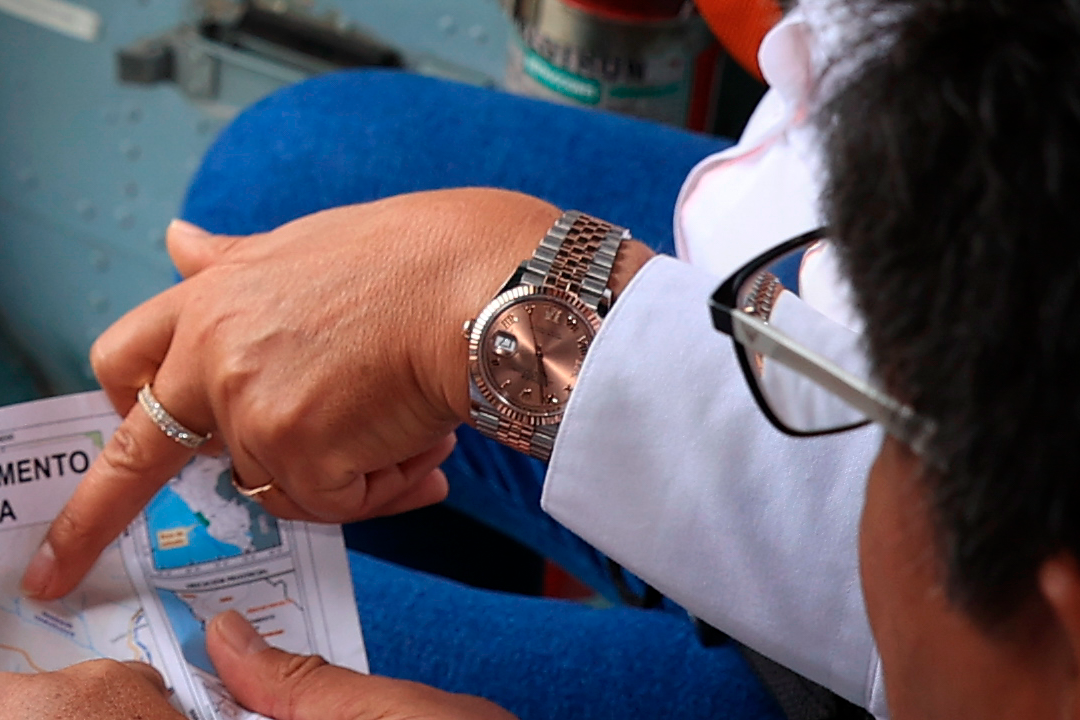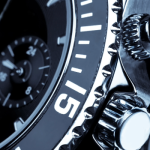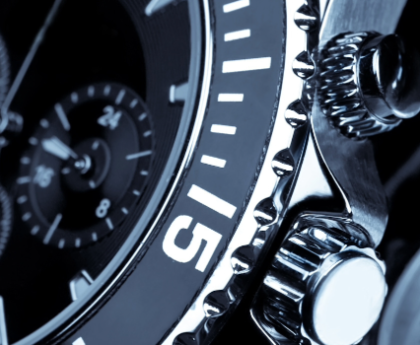“Hey, I have a story lead for you, but I need to know you’re really interested,” read a WhatsApp message I received the morning of February 14. “It’s Dina’s Rolex.”
The sender was Marco Sifuentes, a Peruvian journalist and director of the La Encerrona podcast, based in Spain. Sifuentes proceeded to ask me to investigate the alleged possession of luxury watches by Peru’s President Dina Boluarte, among them a Rolex.
A few months following that exchange Peru made international headlines, from The New York Times to media in South Korea. My reporting in a local Peruvian media outlet had sounded the alarm about President Boluarte wearing Rolex watches at several public events – and she was now under investigation for “alleged illicit enrichment” and bribery.
The so-called “Rolexgate” scandal has since led to a raid on Boluarte’s home, and significantly influenced popular culture, from protests and theme parties, to parodies on TV and social media, and political cartoons. According to recent polls, 78% of Peruvians are aware of Rolexgate.
The investigative reporting on the case boasts two defining characteristics: it is both simple and easy to replicate. Below, I explain the four key elements of how this coverage was carried out.
A “triggering factor,” not a leak
In the days after we published our investigation, Peruvian government officials suggested to local authorities that they look into the sources we used for our reporting, to find out who had leaked the information about the Rolexes. This suggestion was a threat to press freedom – and the logic behind it was flawed.
The term “leak” typically refers to information that is shared by a source, verified and then published by a journalist. “Triggering information,” on the other hand, is a fact, object, rumor or observation that leads journalists to develop an investigation hypothesis.
In our case, the triggering factor was a comment made to us by two different people who had met President Boluarte: She was wearing Rolex watches. Our investigative reporting was in turn a trigger for other media outlets, which uncovered more luxury jewelry in the possession of Boluarte and other Peruvian politicians.
Patience and public sources
The triggering factor led us to our hypothesis: Peru’s president wears at least one Rolex watch, even though she likely doesn’t have sufficient income to justify the purchase. We consulted sources close to the president’s entourage about this, and they confirmed the information.
Next, we analyzed 10,000 photos published between June 2021 and March 2024 by the Peruvian government on its Flickr accounts to visually confirm the Rolex’s existence.

A close-up photo of Peruvian President Dina Boluarte’s watch. Photo Credit: Ernesto Cabral/La Encerrona.
Simultaneously, we dug into information regarding Boluarte’s income as a government official. In Peru, every member of the government is required to report their income and assets to the Comptroller’s Office, which in turn publishes on its website a summary of the data provided by officials. In Boluarte’s case, we analyzed her sworn statements made both as President and as Minister of Social Inclusion, her previous post.
Establishing a timeline
Establishing a timeline of events was a critical aspect of our investigation. To do so, we downloaded the photographs in which Boluarte was visibly wearing a watch, in the highest available resolution, and saved the files with the date when the photo was taken.
We then grouped the photos based on similarities we detected among the watches. We assigned each photo a code, chronologically sorting the appearance of each watch in a database. Using Google’s reverse image search engine, we were able to identify the brand of some of the photographed watches. Among them were three possible Rolexes.
Next, we consulted several watchmakers who specialize in servicing Rolex watches. Their input was solid enough for us to share with the public that at least one of the watches Boluarte was photographed wearing was a Rolex.
Once we had identified the model and characteristics of the Rolex in question, we estimated its price by consulting the official Rolex website and its distributor in Peru, Casa Banchero. We determined that the watch’s price was approximately US$14,000, which doesn’t align with Boluarte’s income as a public official.
Like we had done with the photos, we also compiled the information from Boluarte’s sworn statements into a database and arranged it in chronological order.
Follow-up to the case
We published our investigation on March 14 – but our reporting didn’t end there.
We utilized the Peruvian Transparency Law to make requests to access further information. For example, the Comptroller’s Office only publishes a consolidated list of the president’s income. We requested more details, including supporting documentation of her assets and income, which we will be able use in future follow-up stories.
We also used free, digital tools, such as Infogram, which we used to create an infographic in which we consolidated our initial findings and added updates. Our follow-up work led us to determine the existence of two additional Rolex watches as being in the president’s possession.
Main image from the Presidencia de Perú on Flicker.
This article was originally published by IJNet in Spanish. It was translated to English by journalist Natalie Van Hoozer.



